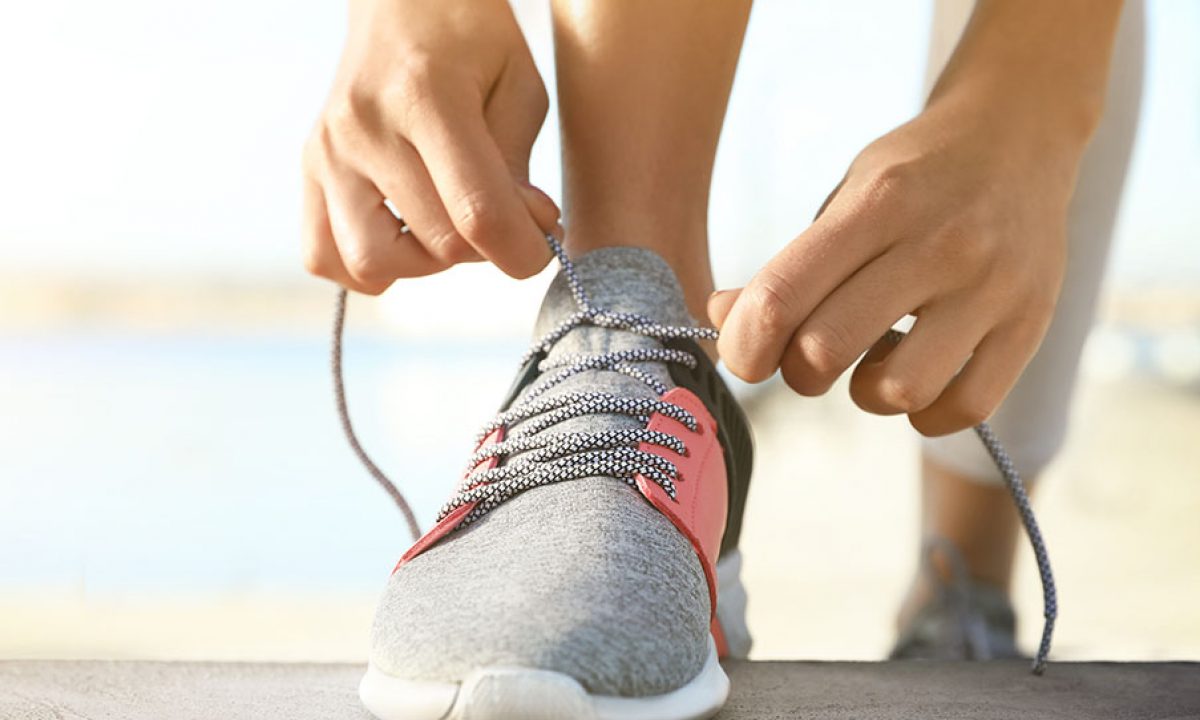How Long After Hip Replacement Can I Tie My Shoes?
Hip replacement surgery is a significant medical procedure that can improve the quality of life for individuals suffering from severe hip pain and limited mobility. After this surgery, patients often have questions about their recovery timeline and activities they can resume. One common concern is knowing when they can safely tie their shoes again. In this article, we’ll provide a detailed guide on how long after hip replacement you can comfortably tie your shoes and resume your daily activities.
Understanding Hip Replacement Recovery
The Healing Process
Recovery from hip replacement surgery involves several phases. Initially, you’ll spend time in the hospital to ensure proper wound healing and monitor your progress. After discharge, you’ll enter the rehabilitation phase, which involves physical therapy and gradually increasing your mobility.
Restrictions During Recovery
While recovering from hip replacement, there are certain restrictions you need to follow to prevent complications. These restrictions often include avoiding bending at the hips excessively, crossing your legs, and performing activities that strain your hip joint.
When Can You Tie Your Shoes?
Immediate Post-Surgery Period
In the first few weeks after hip replacement surgery, your focus should be on resting, healing, and following your doctor’s instructions. During this time, activities like tying your shoes can be challenging due to limited mobility and potential discomfort. It’s recommended to have someone assist you with footwear or opt for slip-on shoes.
The Transition Phase
As your healing progresses, typically around 6 to 8 weeks after surgery, you may begin to regain some flexibility and mobility. Tying your shoes might still be a bit difficult, but with caution, you can attempt it. Consider using adaptive tools like long-handled shoe horns to make the process easier.
Full Recovery and Beyond
Around 10 to 12 weeks post-surgery, most patients experience significant improvement in mobility. Tying your shoes should become easier during this time. However, it’s crucial to continue being mindful of your movements and not to rush the process.
Tips for Safely Tying Your Shoes
Choose the Right Shoes
Opt for shoes with Velcro straps or elastic laces that require minimal bending and stretching. This will make putting on and removing your shoes easier during recovery.
Sit Down
When attempting to tie your shoes, sit down on a stable surface like a chair or a bench. This reduces strain on your hip joint and minimizes the risk of injury.
Use Adaptive Aids
Long-handled shoe horns and sock aids can be incredibly helpful during your recovery period. These tools make it easier to put on shoes without excessive bending.
Listen to Your Body
Pay attention to any discomfort or pain while attempting to tie your shoes. If you experience pain, stop immediately and try again when you feel more comfortable.
FAQs
Q1: Can I tie my shoes immediately after hip replacement surgery?
It’s best to avoid attempting this activity in the immediate post-surgery period. Focus on healing first.
Q2: Are there specific types of shoes I should wear during recovery?
Yes, shoes with Velcro straps or elastic laces are recommended as they are easier to manage.
Q3: When can I expect to tie my shoes without assistance?
Most patients find it more manageable around 10 to 12 weeks after surgery, but individual timelines may vary.
Q4: Can I cross my legs after hip replacement surgery?
It’s generally advised to avoid crossing your legs to prevent strain on the hip joint during the early recovery phase.
Q5: Is physical therapy essential for a successful recovery?
Yes, physical therapy plays a crucial role in restoring mobility and strength after hip replacement surgery.
Table: Hip Replacement Recovery Timeline
| Phase | Duration | Activities | Restrictions |
|---|---|---|---|
| Immediate Post-Surgery | 0-6 weeks | Rest, healing | Avoid bending, crossing legs |
| Transition Phase | 6-8 weeks | Regain flexibility | Caution with bending, tying shoes |
| Full Recovery | 10-12 weeks | Significant mobility improvement | Continue being mindful |
Additional Information
- Hip Replacement Surgery: Hip replacement surgery is a procedure in which a surgeon removes damaged or arthritic parts of the hip joint and replaces them with artificial components, known as prostheses. This surgery can significantly improve mobility and reduce pain for individuals with severe hip conditions.
- Anterior Approach vs. Traditional Approach: The anterior approach involves a minimally invasive technique where no muscles or tendons are cut, allowing for faster recovery and rehabilitation. In contrast, the traditional posterior or antero-lateral/Hardinge approach involves cutting and reattaching muscles and tendons, leading to a longer rehabilitation period.
- Physical Therapy: Physical therapy is essential for a successful recovery after hip replacement surgery. It helps restore mobility, strength, and flexibility, which are crucial for daily activities like tying shoes.
Conclusion
In conclusion, the timeline for tying your shoes after hip replacement surgery depends on your individual recovery progress. While it may take several weeks to a few months before you can comfortably tie your shoes, it’s essential to prioritize your healing and follow your doctor’s advice. By taking it slow, using adaptive aids, and being patient with yourself, you’ll soon regain the ability to easily perform daily activities.
References
- OzOrthopaedics
- YouTube Video
- Bikini Hip Replacement
- Patient Information
- Maves Apparel






More Stories
Where to Watch USMNT vs Jamaica National Football Team
How I Met My Monster
How Should a Ring Fit